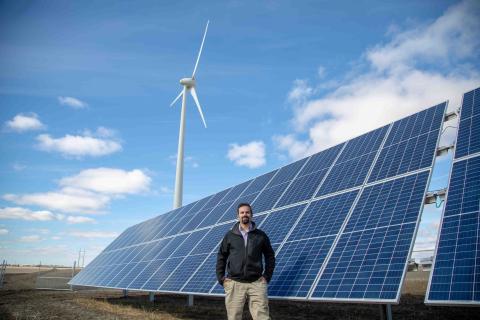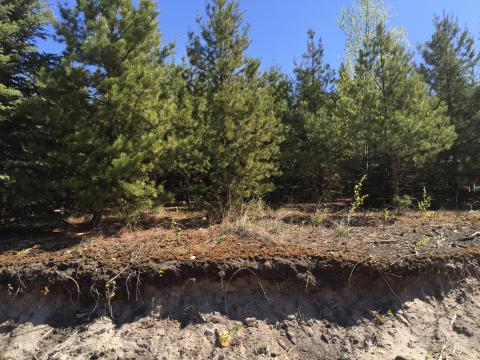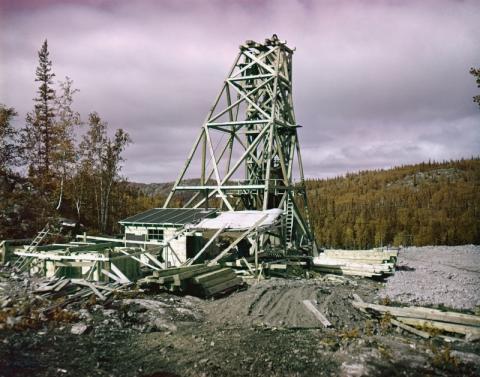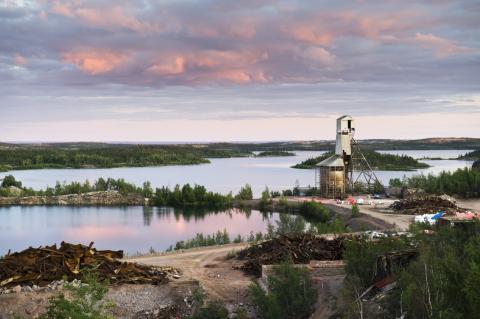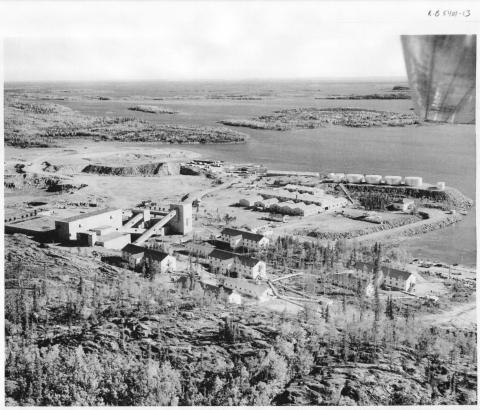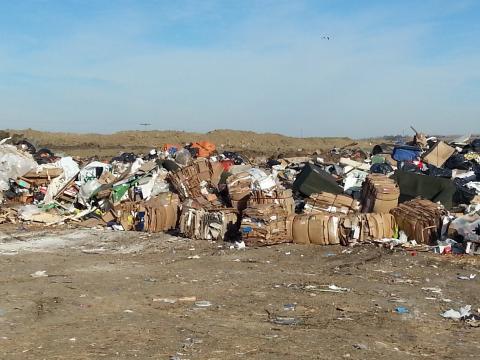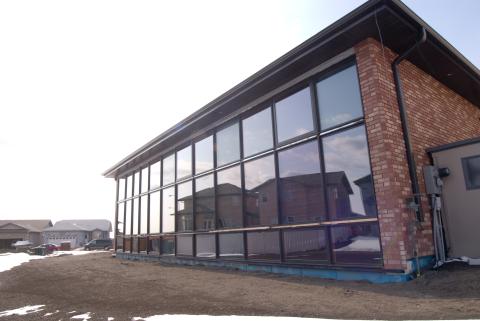Inside SRC
The Cowessess Energy Storage Facility is the first known wind-solar battery storage project in Canada. With the addition of over one thousand solar panels, the facility now produces almost 3,000 MWh of energy per year, enough to supply power to 344 homes. Learn about how this system works and why wind and solar make a good pair.
Did you know that lighting accounts for about one-third of an average home’s energy use? With so many different options for light bulbs on the market, it's hard to know which one is the best. We share seven reasons why people should consider switching to LEDs, the fastest growing tech in this sector.
Soil scientists have proposed a new type of soil based on the wide-spread effects of human activity: Anthroposols. We task this novel soil to mimic and support our ecosystems, but we're not sure how to measure its performance over time. One scientist is studying possible measures to see how well Anthroposols can supply nutrients to Canada's boreal forest.
The Nicholson Mine was the first uranium mine to be developed in Saskatchewan. In 1949, it was the only active uranium mine in Canada outside the Northwest Territories. By 1959, the Nicholson ore body had been essentially depleted, but the Nicholson Mine had played its role in helping Canada become one of the largest uranium producers in the world. Learn more about the challenges of developing and operating this mine.
The Gunnar Mine and Mill Site was abandoned with little to no decommissioning after it ceased operation in 1964, leaving behind significant hazards to the environment and public. Learn about the decades after the Gunnar Site closed and what's being done to remediate the land.
The Gunnar Mine operated from 1955-1963 and officially closed in 1964 with little to no decommissioning. In 1956, it was considered to be the largest uranium producer in the world. Learn about the construction of the site, the operational challenges and the town site that was built - and why it became a ghost town.
Like many municipalities, the City of Swift Current is looking at methods to preserve the airspace at their landfill. One option is to reduce the volume of disposed cardboard and waste wood going into the landfill - but how? SRC explored several alternative uses for recycled cardboard. Learn which one is the most promising.
Remediating a contaminated site may have positive and negative impacts on biodiversity. Learn how a sustainable approach to remediation involves planning and implementing environmental protection throughout the entire remediation process.
There are many potential impacts that climate change may have on Canada’s boreal forest. Industry and government will need to prepare for a different forest environment, and develop adaptation strategies for dealing with the new conditions.
The Saskatchewan Conservation House was a demonstration house built to test energy-efficient methods. Four more energy-efficient demonstration homes based on SRC’s research and expertise were later constructed. Learn about the innovative features of these homes that influenced energy-efficient housing across the world.
